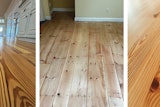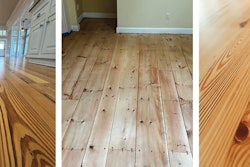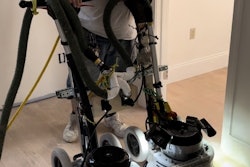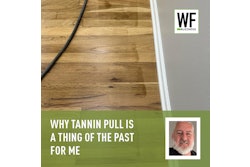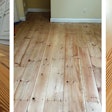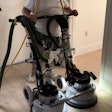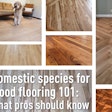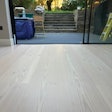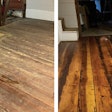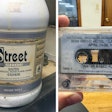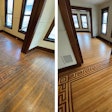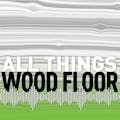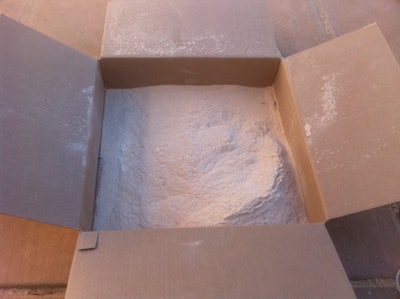
There are several scenarios where you just have to make your own wood filler:
- There is no filler available for the wood you are using, for example, yellowheart.
- Your wood will change color drastically once exposed to sunlight, for example, jatoba.
- Filling top-nailed floors.
In this scenario I installed a solid top-nailed 5/16-inch red oak floor. I mixed dust from my 100-grit edging with a binder, wood flour cement. Several manufacturers make that product, and they all work really well. You can use dust from your edger or any fine dust (from your Trio or a multi-disc sander):

The binder is very flammable. You need to have the proper respirator and make sure you turn off all ignition sources like pilot lights. Pour the binder onto a mound of dust on the floor:

Using putty knives, mix the two until you get a consistent paste, and then you are ready to go. You will have to add more binder as you work your way through the floor:

Add your binder onto the already filled areas. Once dry, this recipe is great. It will not shrink or dish out while sanding.
You can also make small quantities when you need to fill the floor around inlays, like I'm doing here:

Mixing your own filler is time consuming. It is much easier and faster to use the pre-mixed fillers. But, sometimes you just have to make your own. Knowing when and how to apply this will guarantee you a better finished floor.










